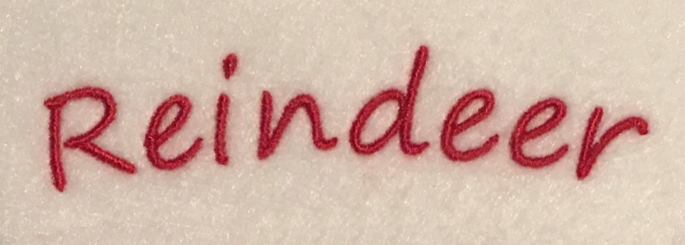


If you are unsure if you’ll be resizing designs, I would still highly recommend learning some basic theories about how designs are created.Ĭheck out our Free Embroidery Digitizing 101 Cheat Sheet video course by clicking here as I discuss the foundational rules and why they’re important to understand why you do what you do. We even throw in some fantastic bonuses! See how user-friendly it is and why our users love it.Įvery embroidery design is digitized differently, and many different theories apply when changing the size of your designs.
Tablet use wilcom hatch trial#
The answer can be given using this one-word, Wilcom!Īre you interested in trying Hatch Embroidery Software? Click here for a free 30-day trial of Hatch where you try it like you own it.
Tablet use wilcom hatch software#
This now leads to answering the initial question, “ why is Hatch the best software in the home industry ?”. Not like it was stuck in place with a glue gun! I’ve seen that most of the designs being produced and sold in the home industry are often bulletproof and have way too many unnecessary jumps and trims. The designs should also feel like part of the garment when taken out of the hoop. It’s pretty simple if you want to make money with embroidery the designs you feed into the machine need to be “production-friendly,” with as few jumps and trims as possible. But more importantly, the short runtime and softness of our work was close to perfect. What I mean by that is that in the commercial world, we stayed in business for decades because the visual quality of our designs was pleasing. The terminology, machines, and software were all different, and to be honest, the thing I noticed most was that the quality of embroidery was very different! I’ve got to be honest it wasn’t an easy transition.


 0 kommentar(er)
0 kommentar(er)
